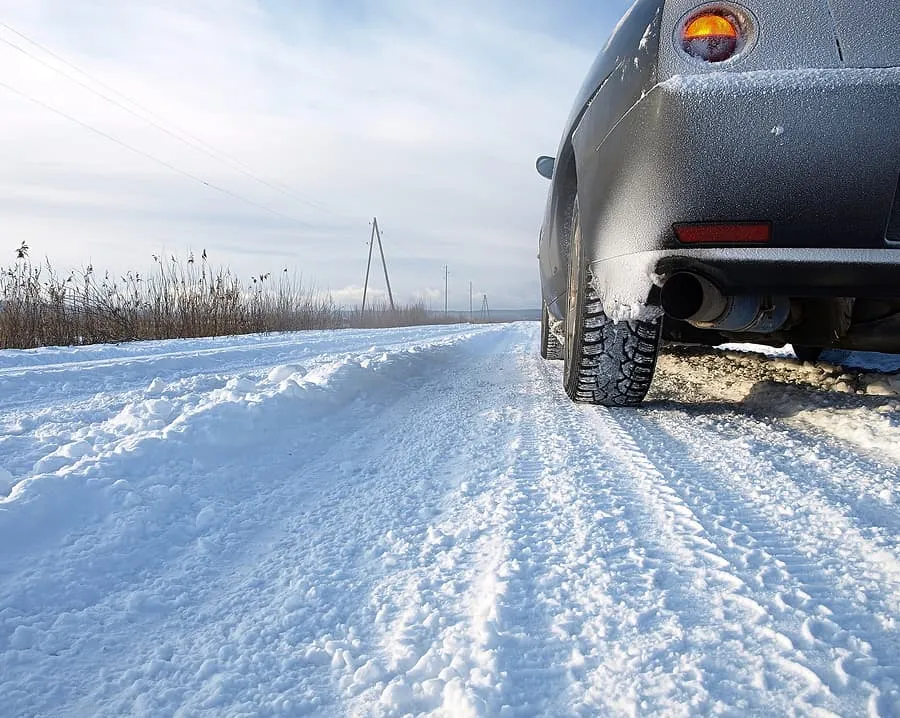 This winter has been a volatile one for extreme weather, and some states are currently under a blanket of snow and cold. In weather like this it can be hard to start your vehicle’s engine and keep it running at optimal levels, and the cold can also cause you problems if you use an ignition interlock device.
This winter has been a volatile one for extreme weather, and some states are currently under a blanket of snow and cold. In weather like this it can be hard to start your vehicle’s engine and keep it running at optimal levels, and the cold can also cause you problems if you use an ignition interlock device.
When it comes to your ignition interlock it’s not the fact that temperatures outside are hitting the double digit negatives; it’s that when you breath into an interlock when it’s really cold outside, the moisture from your breath can freeze onto the inner circuitry of the interlock and cause issues. The issues are only temporary, but there are ways to avoid them.
A good battery will be your best friend in cold weather
You can’t start your car without a good battery providing the power, and it’s even more important to have a good battery to fire the engine in very cold weather. The same rule goes for your ignition interlock, and because the battery provides the power to your device, you’ll want to make sure it’s in tip top shape.
Hang and tap your ignition interlock
To keep moisture away from the internal circuitry of your ignition interlock, hang it upside down in your vehicle, remove the mouthpiece, and after you warm it, tap down gently a couple of times on your knee. That will remove any moisture that may have collected in the mouthpiece before you blow.
Bring your ignition interlock inside
If your state has regulations that allow you to disconnect your ignition interlock, you can bring it inside with you when you know the temperatures are going to dip outside. That way you never have to worry about it being cold because it’s already warm from being inside.
Do a interlock warm-up cycle
There are two ways you can do a warm-up cycle for your ignition interlock. You can program a warm-up if you start your vehicle at the exact same time every day, and that way your interlock will be ready to go when you are.
You can also do a manual warm-up cycle. Just turn your key to wake your ignition interlock, then immediately turn it back off again. The “Wait” light will come on to ask you to test, but you shouldn’t blow at this point. Let the device turn off for two minutes, then turn the key on again and take the test.
Cold, ice, snow: no one really enjoys the winter weather when the temperatures plummet to extreme levels, but you can still continue on with life as you normally would, even with an interlock, as long as you take a few extra steps.
